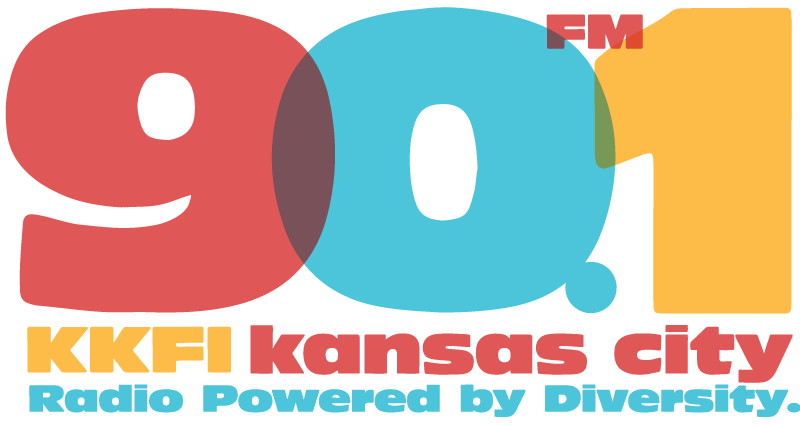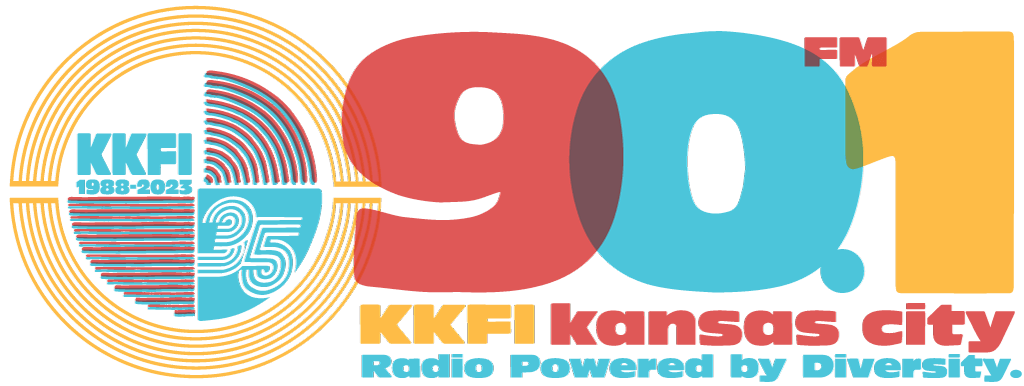“Live at the Cellar Door”- Neil Young

I’ve mentioned my cluttered car before. How warn-out Christmas service bulletins are strewn about, along with a plastic jade Budai and an untold number of CDs. “Too many to count” is an underestimate, and if I were to take count, I’d likely stop halfway through to listen to an album. Supposing I ever finishing the Herculean task of taking stock of them all, I’d notice two live albums in all that musical refuse, Neil Young’s 1979 release Rust Never Sleeps and his 2007 Archives album Live at Massey Hall 1971.
I don’t devalue live albums by any means; it’s just that any live record when pitted against a Neil Young solo endeavor suddenly is dispensable. Much of Young’s music, even that featuring primal guitar blasts has a glass-like fragility to it. When presented live, sans Crazy Horse, that fragility has nowhere to hide. Alone, Young’s songs begin to take on the air of a séance; conjuring the ghosts of a not-so distant past.
Live at the Cellar Door, Young’s latest entry into the suddenly cluttered NYA Performance Series (this is number 2.5), continues the haunting of Live at Massey Hall 1971. Recorded just a few short months before that album, during a six show residency at Washington DC’s Cellar Door, the record bears a lot of overlap with its companion piece. Of the 13 stark songs, 7 of them also make an appearance on Massey Hall. Still, this latest effort charts a wildly different course from its predecessor. For starters, Massey Hall found Young playing to a receptive Canadian crowd that hooted at his every move. Not so for Cellar Door, which finds the D.C. crowd sitting in marked silence, only breaking the tension for the occasional applause or chuckle.
However, it’s more than just crowd demeanor that separates the two albums. After the Gold Rush-classic “Only Love Can Break Your Heart” makes just its second appearance in the Young live-discography (the first being in the unwieldy Archives boxset). A tale of being crushed by a heavy heart, the song’s ragged guitar loop punctures the crowd as much as Young’s lyrics. “When you were young and on your own, how did it feel to be alone?” he delicately warbles. Young’s asking because he’s been there, he’s seen the stark chasms love can create. An unadorned stage isn’t all that’s making him feel isolated.
“See the Sky About to Rain” a staple of Young’s live catalog during this time, makes one of its earliest showings, and the heavenly piano-number becomes more celestial in this intimate setting. An incredible four years away from being released on On the Beach, the tune is in full-flight. Similarly, “Old Man” arrives fully-formed for its public debut. Stripped of all the backing vocals and pedal steel that marked the Harvest-version, the offering here is Young at his most world-weary. The Canadian singer-songwriter has always betrayed his age and at 24, you can already hear father time rapping on his door.
Excluding the “Old Man” debut, one of the most compelling tracks is Young’s piano-led version of “Cinnamon Girl.” Hearing the Everybody Knows This Is Nowhere-cut without its dinosaur-guitar riff is jarring, though Young’s “leaden” piano-work provides a welcome substitute. At one point he confesses to having played piano seriously for “a year at this point,” but his rookie performance never distracts. Sitting behind his nine-foot Steinway Grand Piano, Young delivers a masterful take of the plaintive After the Gold Rush-track “Birds.” “It’s over, it’s over,” he relays in the closing lines, slyly reminding the crowd the book on the 60s was closing shut.
Viewed in another light, Live at the Cellar Door and Live at Massey Hall 1971 operate as a bifurcation of Young’s brief career. In the rearview lay his work with Buffalo Springfield and the consecutive classics mentioned above. Up ahead, was the career-defining Harvest, though that moment-in-the-sun would come with a price. Soon Neil Young would throw his back out while tending to his ranch and pick up a painkiller habit. Close-friend and Crazy Horse-guitarist Danny Whitten was slipping further into a heroin addiction that would claim his life by 1972, and lead Young into the ditch himself. Around this time, Young entered into a topsy-turvy relationship with actress Carrie Snodgrass, a period documented in the bitterly misogynistic “A Man Needs a Maid.” That pallor threatens to suffocate Live at the Cellar Door, from the “single-minded” shuffle of “Bad Fog of Loneliness” to the fierce acoustic strumming of the harrowing “Don’t Let It Bring You Down.” In some sense, the emotional heft of shoegazing was born in this moment.
There are fleeting bits of levity to break up the dour material, but even a joke opening to finale “Flying on the Ground is Wrong”, where Young declares “this song is about dope” comes coated in layers of irony. When Young starts scraping the piano strings, you can hear any wide-eyed optimism in the crowd dissipate. I’m currently working on a piece that discusses how Young’s own work heralded the end of 60s generation, and nowhere is that better felt on this release than the finale. The simple “I wish I could have, met you in a place, where we both belong,” was never granted to the Love Generation. And the repetitious “I’m sorry to let you down,” backed by a minor-key glisten, feels less narrative and more descriptive of where Young was in his life. Trapped between decades, he was struggling to pick up the pieces. He’d woken up from the dream and no one was there to comfort him.


